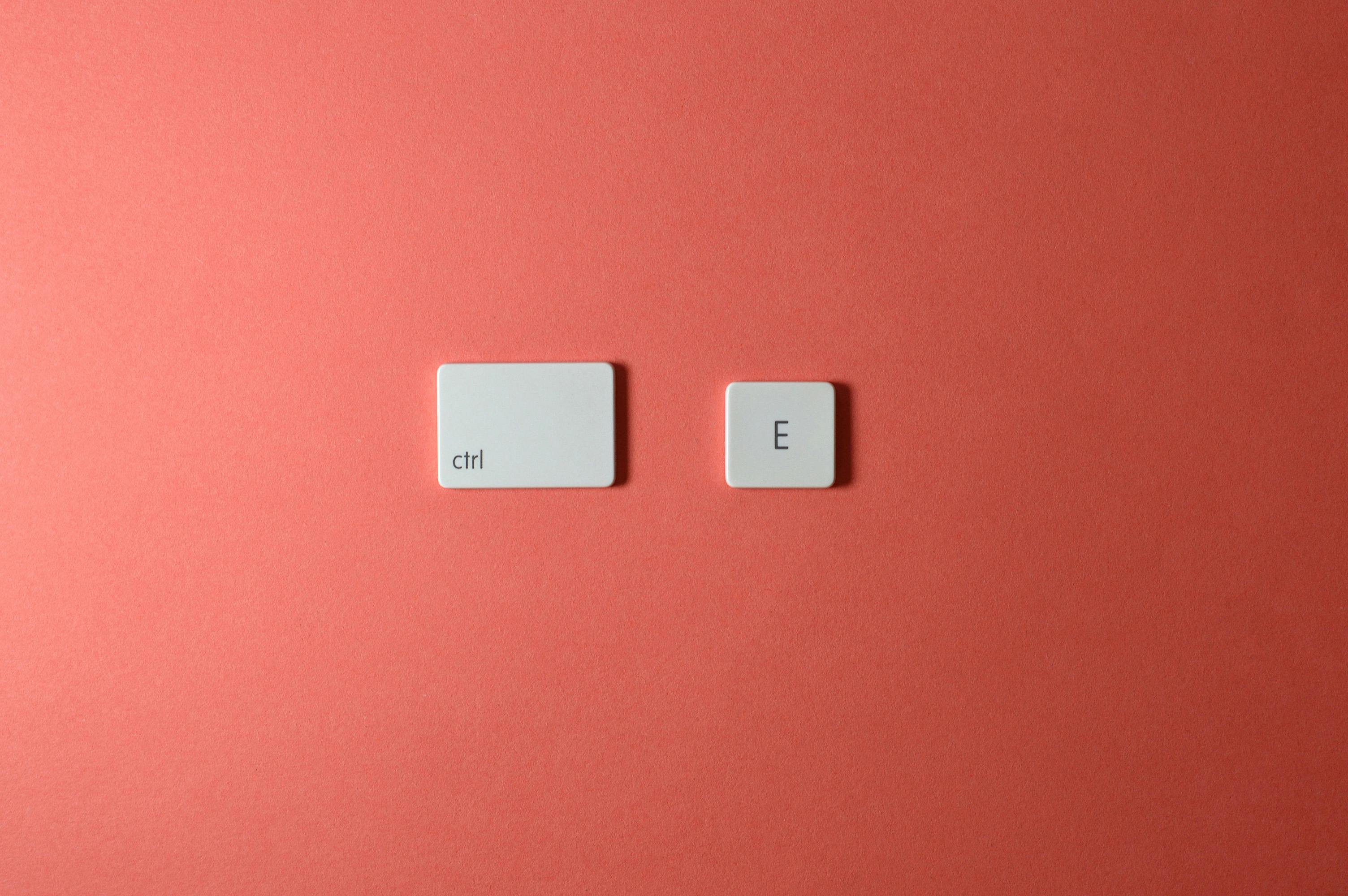If building a website for your business is top of your agenda, you’ll need to give some thought to the type of content you want to add to it. You may hire someone to build the site for you, but with your expert knowledge of your business, you are the best person to create the content that truly reflects the unique aspects of your business.
Here are seven pieces of web content that you should consider including on your website:
1. Unique selling points
On your website, it’s crucial that you explain to your customer what’s special and different about your business, and why they should use you over your competitors. Do you offer unmatched levels of service? Maybe you have a low price guarantee? Make sure your web content includes your company’s unique selling points, preferably on your home page.
2. Details of the product or service
If your business sells actual products, you’ll need detailed product specifications as well as photos for your site. If your business provides particular services, you should include a description of the various services you offer and what they entail. Try to write this from your customers’ point of view without using too much industry jargon if not everyone is familiar with it.
3. ‘About us’ section
This section of your website is an opportunity to tell your customer a little more about your company. You can choose to tell the story of your company so far; when you started your business, how it has developed and your vision for the future. You could simply provide key facts about the business, such as the number of employees and locations, or you could write about your business values and policies. When reading your ‘about us’ page, your customers should feel that they are beginning to build a personal relationship with you.
4. Testimonials
Asking satisfied customers to write a testimonial about you or your business is a great way to convince potential customers to buy from you. Make sure your testimonials are authentic; Clients you’ve worked well with in the past should be willing to drop a line or two recommending your products or services.
5. Photographs
All websites benefit from photos and images; it helps to break up the text and add interest to the site. A photo of yourself for the ‘about us’ page, a photo of your facility for the ‘contact us’ page, and any other image that you think gives an idea of what your business is all about are useful contributions to a website.
6. Prices
Some companies choose to advertise their price list on their website, and this can give customers a good idea of whether they can afford your products or services before contacting you. You may be concerned that competitors will undercut you, but many customers will be put off if they can’t get an idea of your website’s price and won’t bother contacting you in person. You can always include sample pricing or a costed case study if you don’t have a set price list.
7. ‘Contact us’ section
All business websites should have a “contact us” section that explains how you want your customers to contact you. You can include a phone number, address, directions, and a map, and most websites also embed a contact form so visitors can send email directly.
If you’re setting up a website for your business, providing your web designer with as much of the above data as possible will help you build an effective and informative website.




